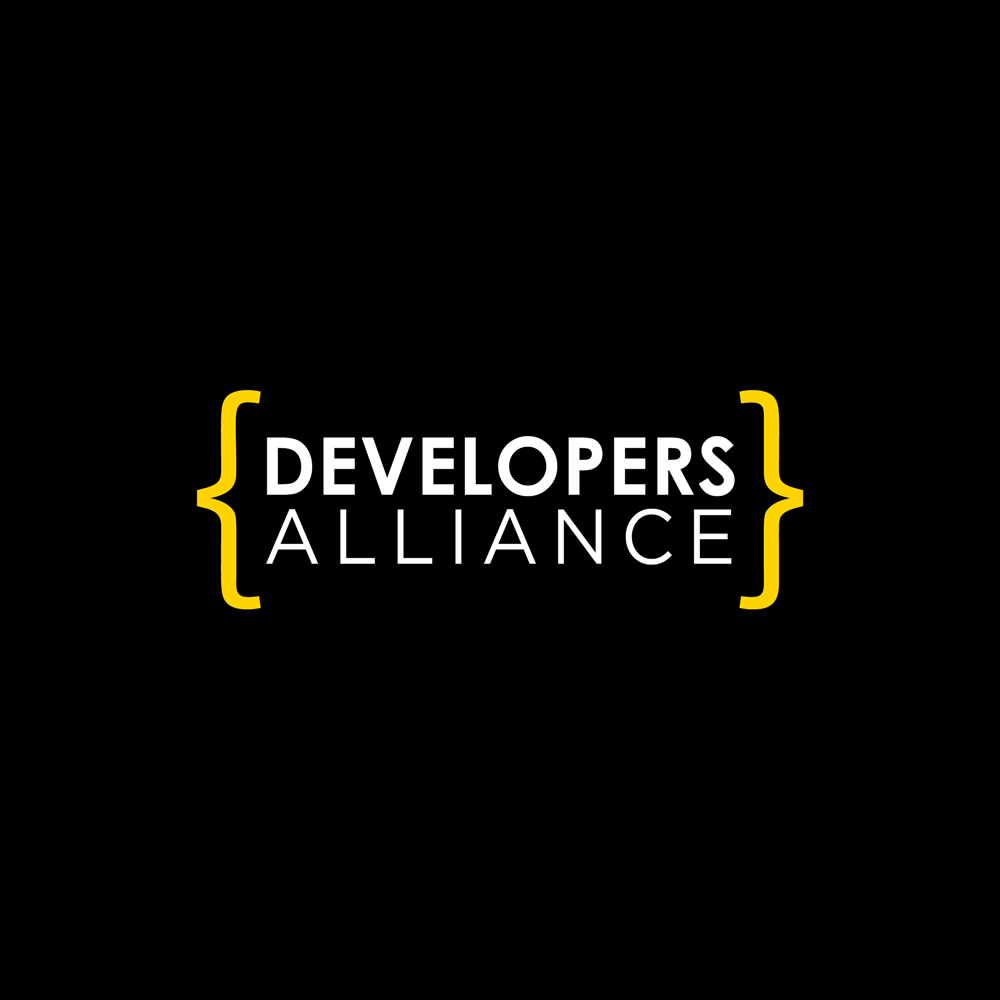On December 15, the United States Patent and Trademark Office (PTO) issued guidance for its patent examiners based on recent U.S. Supreme Court decisions concerning the criteria for when software can be patented.
The PTO needed to update its guidance after the U.S. Supreme Court’s recent decision in Alice Corp. Pty, Ltd. V. CLS Bank Int’l. The Alice decision invalidated a “business method patent” because the patent at issue claimed to protect what was a longstanding commercial practice being applied on a computer. The Supreme Court reasoned that the idea of simply undertaking that business practice, which was also achievable without software, with a computer was not sufficient to deserve patent protection.
Since the early 2000s, the number of patent lawsuits has soared. Patent trolls brought many of these new lawsuits, often by claiming infringement of software patents. Software patents make up a substantial portion of this litigation because they tend to be overly broad and vague, making them ripe for abuse by patent trolls. By invalidating the patents in Alice, the Court limited – albeit only minimally – what software can be patented.
Since the Alice decision, the U.S. Federal Circuit Court (the specialized court which hears appellate patent cases) has decided that several software and computer-based method patents are ineligible for patents. However, despite the Alice decision the guidance clarifies for patent examiners that, software may still be patented.
In early December the Federal Circuit decided DDR Holdings LLC v. Hotels.com, L.P. The case was the Federal Circuit’s first decision since Alice to find that a computer business method was patentable. Critics of the DDR Holdings decision questioned how it differs from the Ultramercial, LLC v. Hulu, LLC and WildTangent decision, where the Federal Circuit invalidated a similar software patent. Should the DDR case move forward and as other cases are heard the PTO guidelines may be further modified. Moreover, confusion and inconsistency may lead to a subsequent U.S. Supreme Court review of inconsistencies and further clarify the standards for what should qualify as patentable.
The current Interim guidelines are open for public comment. Comments can be submitted until March 16, 2015. To read the guidelines click here.



